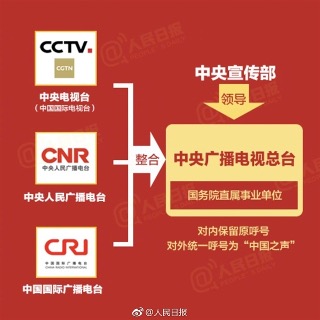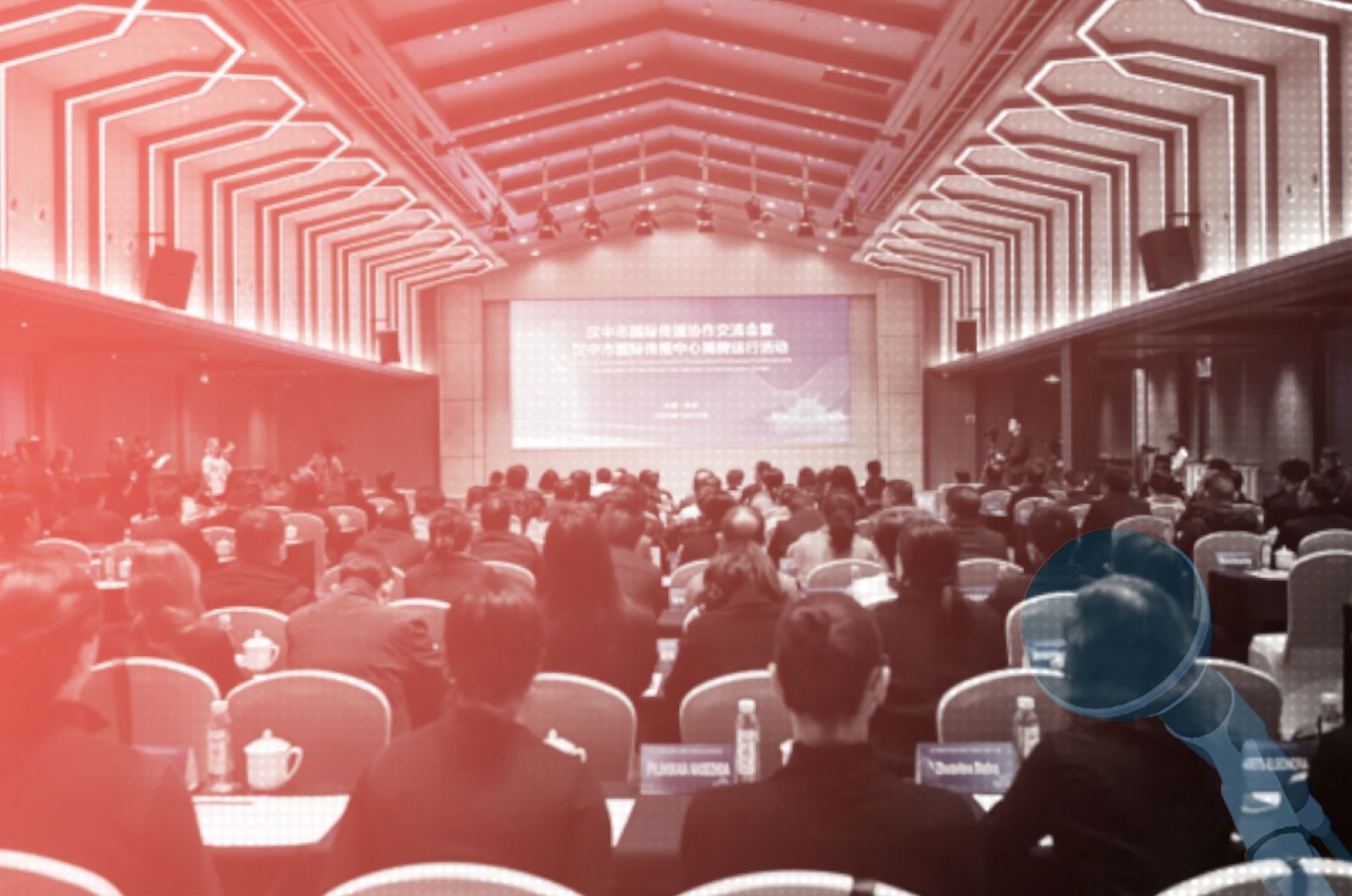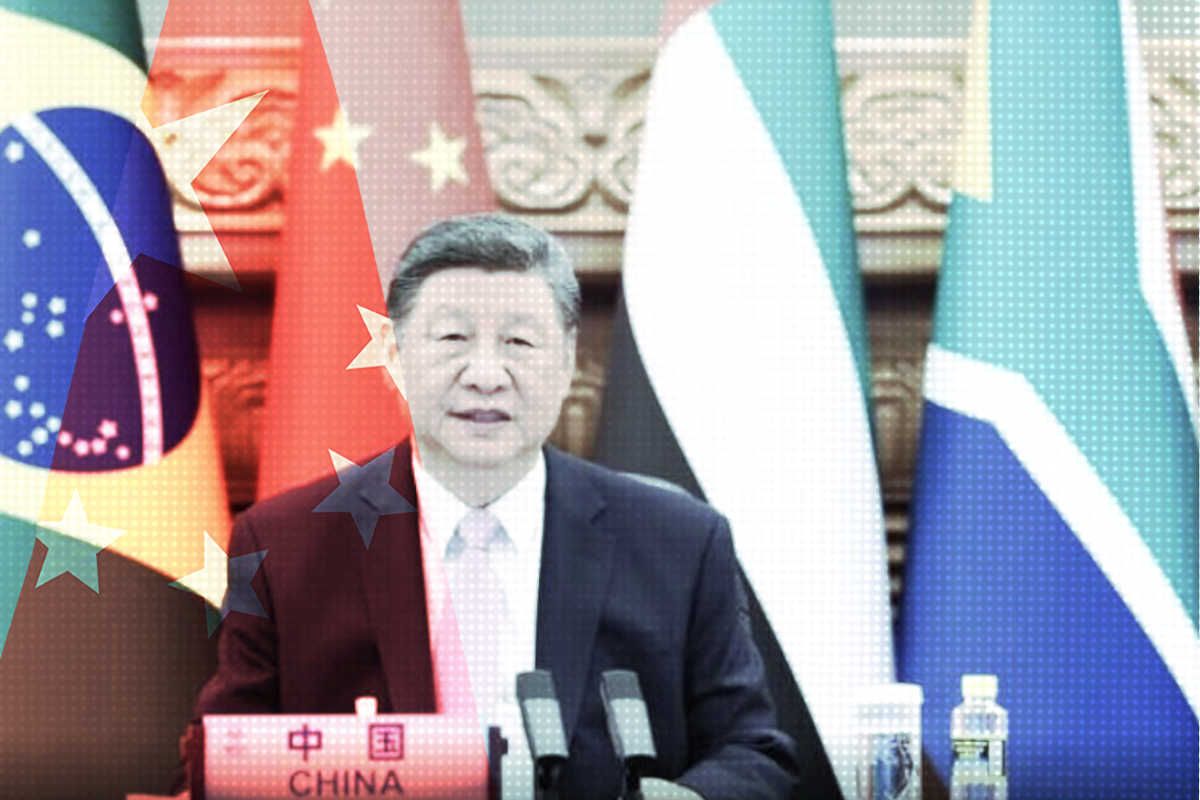Going Global
Influencers, Activists and Diplomats

In the latest edition of the Chinese Communist Party’s official journal Seeking Truth (求是), released last week, Xi Jinping topped the table of contents – as now seems to be mandated practice. But another prominent byline was that of Shen Haixiong (慎海雄), the head of China Media Group, or “Voice of China,” the official media conglomerate directly under the Central Propaganda Department (CPD) that was created in 2018 to serve as the umbrella group for state media as they sought greater influence internationally.
In fitting form as the 100th anniversary of the CCP approaches, Shen’s article was essentially an act of declaration (表态), expressing loyalty to Xi Jinping, to the Party and to its principles. In a series of deferential remarks greased with the phrase “General Secretary Xi Jinping profoundly pointed out” (习近平总书记深刻指出), Shen stressed the glories of CCP history, and the great gifts bequeathed to the Chinese people in the form of “red traditions” (红色传统) and “red genes” (红色基因).
Shen revealed little, however, about China’s push to expand its international “discourse power” (话语权), the strategy that was the focus at the May 31 collective study session of the Politburo. On this issue, the media chief offered only a bland re-statement of purpose: the CCP must “build a new type of first-class international mainstream media with a strong capacity to lead, communicate and influence.”
But how do Shen Haixiong and the China Media Group hope to actually achieve this broad objective? To answer this question, we must look beyond Shen’s hymn on Party history in Seeking Truth to a speech he gave back on June 3 as he chaired a “thematic session” (专题会议) to convey the “spirit” of Xi Jinping’s remarks at the May 31 collective study session.
Shen, who is also a deputy minister at the CPD, emphasized at the June 3 session that “telling China’s story well” (讲好中国故事), and showing a “true, three-dimensional and comprehensive China” (展示真实立体全面的中国) necessitates the creation of “international discourse power that matches our country’s comprehensive national power.” One crucial point of breakthrough in reaching this objective, said Shen, was to create “a studio for influencers in multiple languages” (多语种网红工作室).
Beyond the usual buzzwords in the realm of external propaganda (外宣) and public diplomacy (公共外交), which often become indistinguishable in CCP strategizing, this talk of an “Influencer Studio” (网红工作室) is an intriguing clue. Generally, the phrase “influencer studio” can refer online in China to the space where influencers, as they hock the latest eyeliner, halter top or body cream, appear to their dedicated fans. It might be a backdrop that reads Danish modern or Japanese spa. But in this context, Shen Haixiong is talking instead about a state-supported training program for online influencers that would, at least in theory, allow the leadership to better capitalize on new media platforms as they are used by millennials.
The bottom line here is that CCP planners are strategizing about how to better reach younger media consumers globally, designing external propaganda for the next decade. And that means that China’s external messaging, even as it strictly adheres to political “red lines,” must learn to be youthful and viral.
Back in August 2019, these priorities were addressed openly at the China Media Group as it announced the formation of the International Communications Planning Bureau (国际传播规划局), the new buzzing hive of the CCP’s external propaganda planning, execution and assessment. In his speech introducing the International Communications Planning Bureau (ICPB), Shen Haixiong said that China Media Group must “actively explore new methods of external communication, including the Influencer Studio (网红工作室), and creating a ‘mobile app cluster in multiple languages’ and a ‘cluster of overseas social media platform accounts,’ thereby steadily raising our influence among young people and mainstream people.”

Here we can glimpse three distinct approaches at the China Media Group. First, a program to train and support online influencers that could be attractive for foreign audiences on social media platforms, all the while “maintaining political discipline” (坚持政治导向), the prerequisite for all content. These influencers, says in his recent speech on June 3, should be instrumental in reporting on “headline projects” (头条工程) and major topics (重大主题) – think initiatives like Belt and Road, and issues like Hong Kong – and training must be strengthened, he says, for influencers in “priority regions and priority languages” (重要地区重点语言).
The second distinct approach is to develop a cluster of information apps that can engage foreign audiences, whatever language they speak. Thirdly, the China Media Group must capitalize on overseas social media platforms to reach foreign users, particularly young users, who increasingly connect and engage through such tools. The focus in Shen’s speech on “young people and mainstream people” is a reminder of just how broadly the CMG conceives of this campaign – the goal being a groundswell of changing perception internationally on China.
We might respond that China’s state media have tried this last tactic before, launching accounts on platforms like Twitter and Facebook. But the formation of China Media Group’s ICPB, which has nine subsidiary departments, suggests more concerted planning along several key lines. The departments now include: the 1) General Division (综合处); the 2) Project Coordination Division (项目统筹处); the 3) Overseas Brand Promotion Division (海外品牌推广处); the 4) Asia Division (亚洲处); the 5) West Asia and Africa Division (西亚非洲处); the 6) Europe and Latin America Division (欧洲拉美处); the 7) Americas and Oceania Division (美洲大洋洲处); 8) the Chinese Language Promotion Division (汉语推广处); and the 9) Overseas Evaluation and Verification Division (海外评估核查处).
Though little information is so far available about the ICPB and its subsidiary departments, this restructuring suggests that the China Media Group is gearing up for a sustained external propaganda campaign that is both concerted and to some extent responsive, considering regional differences and languages and also evaluating impact. In his June 3 speech, as he highlighted the urgency of fostering influencers in multiples regions and languages, Shen also said there was a need for “refined classification” (细化分类), “content deepening” (深耕内容) and “differential development” (差异化发展). The group is striving, at least, to break free of the one-size-fits-all thinking that for years has plagued China’s external communication efforts – and is still very much in evidence.
Two further clues can be spotted in Shen Haixiong’s June 3 speech. As the CMG chief talks about building up the team to conduct international communication (队伍建设), he says that journalists overseas should act as “diplomats” (外交家) and “social activists” (社会活动家). Shen in fact used both of these terms in another address back in October last year, when he spoke of “communication for a favourable impression” (好感传播), which should be taken as further proof that the talk of being “lovable” in the May collective study session was neither fresh nor an indication, as some reported, of a planned change in tone.
The term “social activist” may seem odd here, bringing to mind an individual working for social change through intentional action. In a Chinese political context, however, this refers instead to engagement with more ordinary social actors to further the Party’s agenda and convey its voice, which of course is “China’s voice.” The reference to “diplomats,” meanwhile, suggests CMG journalists internationally should be conveying and defending the official line, particularly to those who are themselves in positions of relative influence in foreign countries, in both leadership and the media.




















